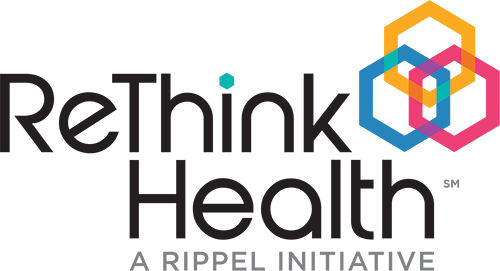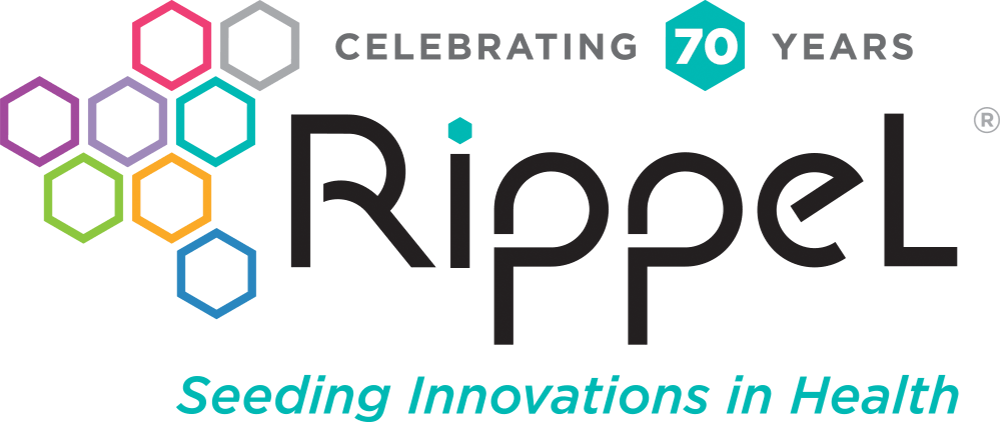We all imagine we’ll have just the right words to say when an opportunity to make a real difference in the world is before us. A meeting at the statehouse. A neighborhood zoning hearing. A chance elevator ride with a potential partner you’ve been trying to nail down for months. Or simply a call with family to ask them to get the vaccine. But if you’re like me, you notice that the words rarely land. People stop listening. Or they are already busy formulating their rebuttal. Or they nod politely, and you never hear from them again.
TheCaseMade was founded two years ago on a related question: How might we equip changemakers to be ready for those moments that matter most? To train you and your coalitions on the developing science of will-building so that more people are listening to and activated by your world-changing plans. The Strategic CaseMaking™ framework goes beyond simple messaging to get to the heart of why our will-building often backfires – because we are inadvertently triggering the deep-seated fear, fatalism, and biases that live within all of us and discourage us from enacting even the most-needed change. We must train ourselves to carefully navigate around unhelpful narratives while building energy and excitement behind our plans to achieve a more equitable world.
Among our earliest partners on our journey to answer that question were our friends at the Rippel Foundation and ReThink Health, who are deep thinkers and systems-change agents in the movement for healthy, equitable, and thriving communities across the country. We first worked together on the ReThink Health Ventures project, and have since collaborated in a number of ways to build capacities for CaseMaking.

In 2018, Rippel reached out to TheCaseMade with a goal of strengthening both their internal leadership around CaseMaking and to advance the skills of stewards across the country who are making the case for change. Rippel sought to strengthen their narrative for equitable system change at an enterprise-level and across all programmatic work. They also wanted to build the capacity of program staff to effectively and confidently develop and make a case for equitable system change. Together, they hoped these efforts would strengthen Rippel’s current programmatic work and foster ongoing use of CaseMaking strategies to more effectively galvanize participation in the movement for equitable system change.
In the spirit of reflection and growth, we recently sat down to talk over what we have both learned from our most recent collaboration and how that might inform others who are considering similar efforts to become better CaseMakers. Later this month, we’ll continue this reflection through a Q&A with ReThink Health’s Associate Director of Stewardship Practice, Iueh Soh, about how CaseMaking skills are being used in their Hospital Systems in Transition project. We’ll also be hosting a webinar to talk with Rippel colleagues about what it takes for organizations to embrace Strategic CaseMaking as part of their approach to leadership. We are grateful to partners like Rippel who are willing to share their experiences and help us all grow.
Lessons about Strengthening Internal CaseMaking Capacities:
We have to make a compelling case for CaseMaking itself. Like all of us, we at TheCaseMade can get caught up thinking that people will just naturally get why the Strategic CaseMaking™ framework makes the work of systems change – and their day-to-day jobs — easier. But people are busy and culture change is hard, so it’s incumbent on us to demonstrate the benefits of the approach for all the different types of people and roles in our partner organizations. Rippel reinforced this lesson by developing a set of illustrative use cases so that each person in the organization could see practical circumstances where they could try to make a stronger case. For example, those scenarios encouraged things as simple as rethinking the introduction to a blog post, or as ambitious as becoming a CaseMaking coach.
 CaseMaking is most powerful when there is a clear solution at the heart of your case. To get to the future we want, we need to move past “awareness-raising” and focus on building will behind actual solutions that will achieve our goals. That means taking the time to develop a solid theory of system change — what are you specifically proposing to do, what it will take, and what the results will be – and then commit to it over the long-term. For Rippel, an early conversation with TheCaseMade’s founder, Dr. Tiffany Manuel, helped them to clarify the value of the centerpiece of their theory of change– the practice of shared stewardship— as a powerful multisolver in the movement for well-being and equity, and to focus on calls to action that were tangible and compelling to their core audiences.
CaseMaking is most powerful when there is a clear solution at the heart of your case. To get to the future we want, we need to move past “awareness-raising” and focus on building will behind actual solutions that will achieve our goals. That means taking the time to develop a solid theory of system change — what are you specifically proposing to do, what it will take, and what the results will be – and then commit to it over the long-term. For Rippel, an early conversation with TheCaseMade’s founder, Dr. Tiffany Manuel, helped them to clarify the value of the centerpiece of their theory of change– the practice of shared stewardship— as a powerful multisolver in the movement for well-being and equity, and to focus on calls to action that were tangible and compelling to their core audiences.
Strong, sustained commitment from leadership is critical. At its heart, CaseMaking requires an organizational change effort. To be most successful, our partners need to unlearn long-held beliefs about what works to build will and replace them with new practices that will avoid predictable backfires. This includes leaving behind the crisis language that typically dominates the way we talk about – and fundraise for – issues that matter. To create space for deep-seated organizational discovery, senior organizational leaders must understand, model and champion new kinds of creative casemaking. With Rippel, that began with a series of three all-staff practice sessions, where everyone on the team had opportunities to try out alternative cases using their own words and stories.
CaseMaking requires time and space to learn, digest and practice. Seeing the Strategic CaseMaking framework for the first time can be a bit like seeing your first Rubik’s Cube. It can seem impossibly complicated until you dig in and spend time learning the principles and patterns behind it. As we tailor our CaseMaking curriculum in real-time with you, we get better at teaching the fundamentals, and you develop the prompts you need to practice on your own. Rippel set the stage for their own learning and practice by developing a checklist that explains the “why” and “how” behind each CaseMaking principle, with simple tips and suggested language in each part. They are now encouraging routine practice so that everyone on staff builds the muscle memory for CaseMaking to become a deeper familiar part of everyday work.
Implementing CaseMaking requires lots of good examples. Our friends at Rippel, like many others, were eager to see examples of good CaseMaking as inspiration for their own efforts. We are now developing an online Knowledge Center as a repository of noteworthy examples. Hopefully, this new resource will equip CaseMakers with a living library of examples they need to learn together, ask questions and share ideas.

